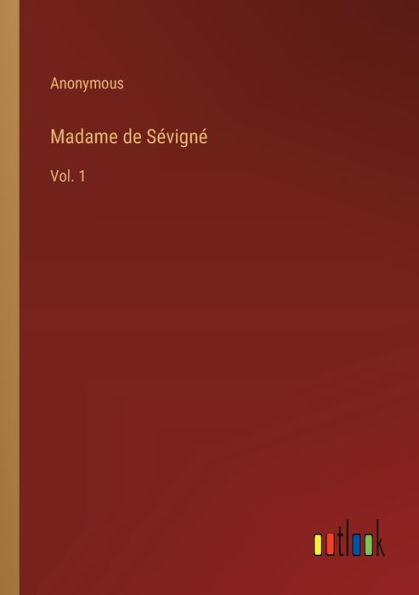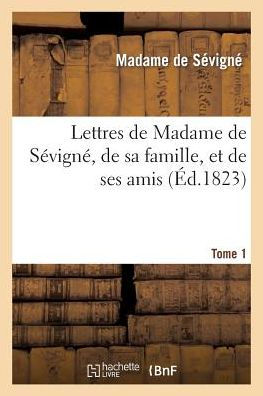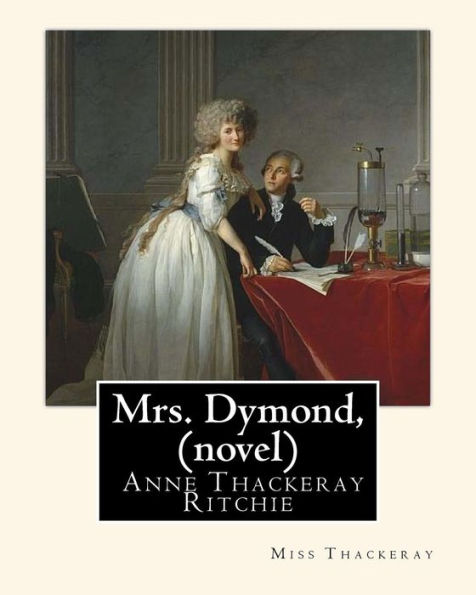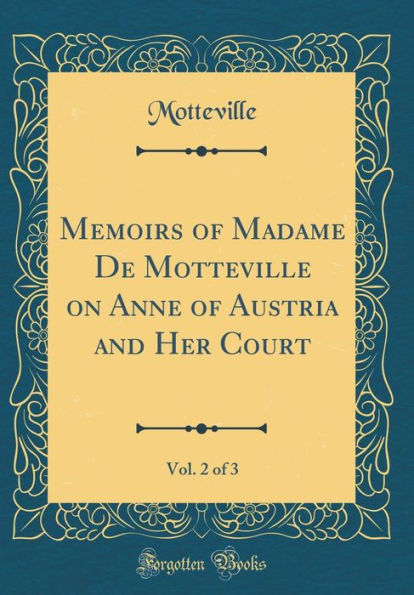Home
Madame de Sevigne (1881), by Miss Thackeray (foreign classic): Sevigne, Marie de Rabutin-Chantal, marquise de, (1626-1696) by Anne Isabella Ritchie Thackeray


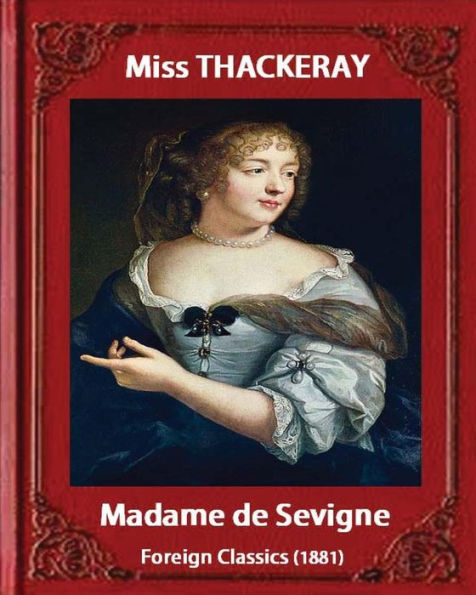
Madame de Sevigne (1881), by Miss Thackeray (foreign classic): Sevigne, Marie de Rabutin-Chantal, marquise de, (1626-1696) by Anne Isabella Ritchie Thackeray
Current price: $7.99
Loading Inventory...
Size: OS
Marie de Rabutin-Chantal, marquise de Sévigné(5February 1626 - 17 April 1696) was a French aristocrat, remembered for her letter-writing. Most of her letters, celebrated for their wit and vividness, were addressed to her daughter. She is revered in France as one of the great icons of French literature.Marie de Rabutin-Chantal was born in Paris, to an old and distinguished family from Burgundy. Her father, Celse Bénigne de Rabutin, baron de Chantal, was the son of Saint Jane Frances de Chantal, a friend and disciple of Saint Francis de Sales; her mother was Marie de Coulanges. Her father was killed during the English attack on the Isle of Rhé in July 1627. His wife did not survive him by many years, and Marie was left an orphan at the age of seven. She then passed into the care of her maternal grandparents. When her grandfather, Philippe de Coulanges, died in 1636, her uncle, Christophe de Coulanges, abbé of Livry, became her guardian. She received a good education in his care and often referred to him in her correspondence as "le Bien Bon" [the very good].
Marie de Rabutin-Chantal married Henri, marquis de Sévigné, a nobleman from Brittany allied to the oldest houses of that province, but of no great estate. The marriage took place on 4 August 1644, and the couple went almost immediately to the Sévigné manor house of Les Rochers, near Vitré, a place which she was later to immortalize. She gave birth to a daughter, Françoise, on 10 October 1646 (whether at Les Rochers or in Paris is not certain), and to a son, Charles, at Les Rochers on 12 March 1648
On 4 February 1651, Henri de Sévigné was mortally wounded in a duel with the Chevalier d'Albret after a quarrel over his mistress, Mme de Gondran, and died two days later. Though only twenty-four when her husband died, Mme de Sévigné never married again. Instead, she devoted herself to her children. She spent most of 1651 in retirement at Les Rochers, but returned to Paris that November. Thereafter, she divided her time between the city and the countryside. In Paris, she frequented salons, especially that of Nicolas Fouquet, superintendent of finances to King Louis XIV.
Mme de Sévigné's most amusing correspondence before her daughter's marriage was addressed to her cousin and friend Roger de Bussy-Rabutin. However, in 1658, she quarrelled with him.
On 29 January 1669, her daughter Françoise married François Adhémar de Monteil, comte de Grignan, a nobleman from Provence who had been married twice before. The couple intended to live in Paris, but Grignan was soon appointed as lieutenant governor of Provence, necessitating that they live there.Mme de Sévigné was very close to her daughter, and sent her the first of her famous letters on 6 February 1671. Their correspondence lasted until Mme de Sévigné's death.
